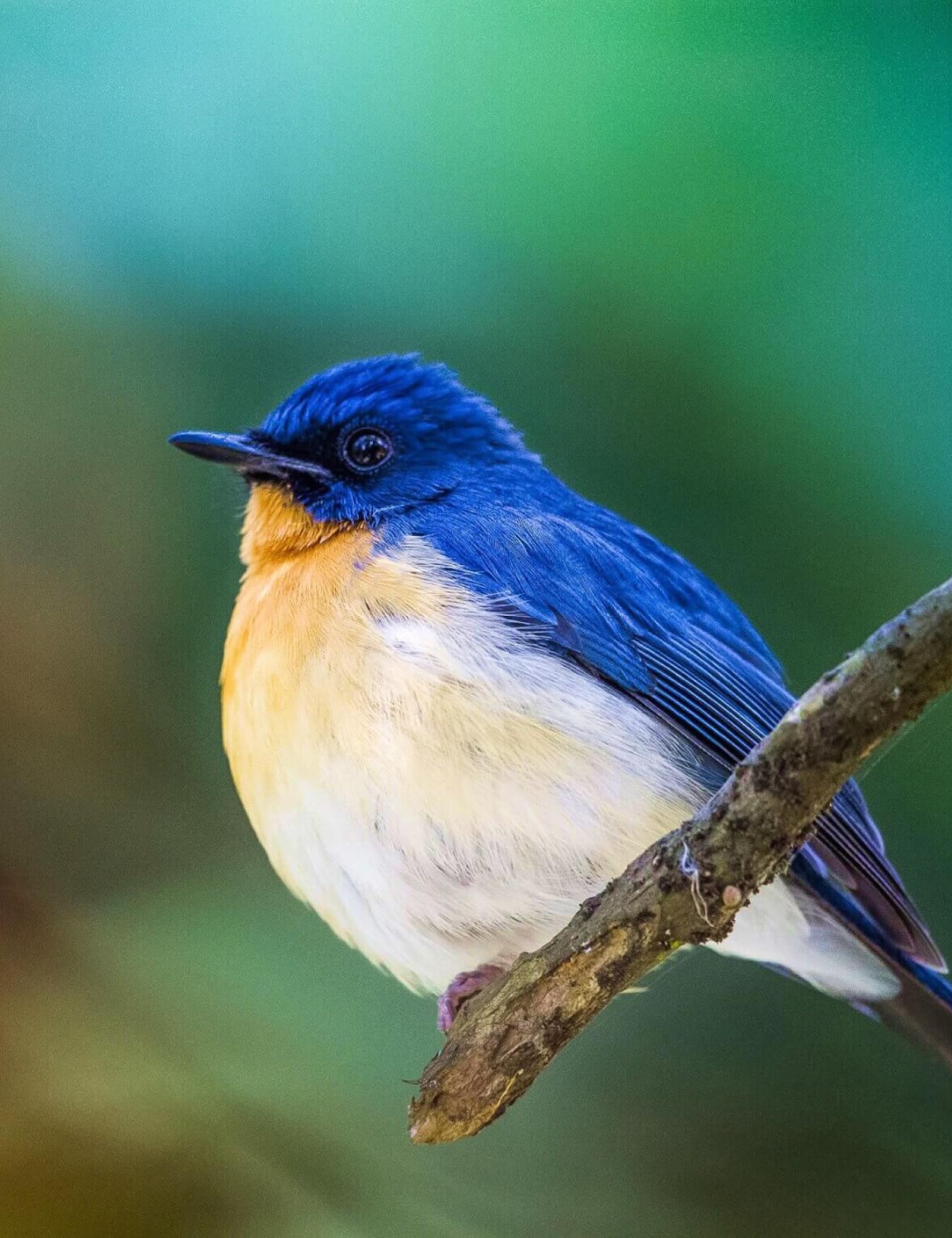Lake Manyara
- Tanzania
Overview
In the bush, Lake Manyara National Park offers a singular experience. the Rift Valley soda lake, vast grasslands, lush forests, and breathtaking mountain sides, among other varied scenery. Thousands of larger and lesser pink flamingos, pink-backed pelicans, yellow-billed storks, grey herons, and pods of hippos congregate on its beaches during November and April.
Marshlands, grassy plains, and acacia woodlands, where lions that can scale trees and elephants with long trunks can be found, encircle the lake. In the meadows, wherein herds of buffalo, zebra, & wildebeest graze, giraffe prance about. One can go to the Maji Moto hot springs and relax in the soothing, clear water beneath the shadow of leafy trees in addition to taking part in wildlife safaris & walking safaris.

Best Time to Visit
Although the dry season, which lasts from July to November, is thought to be the greatest period for game viewing, Lake Manyara National Park is regarded as a year-round game park.
Park Closure

Fauna
Lake Manyara National Park is renowned for its abundance of flamingos. There is an estimated 1.9 million flamingo that leverages the shallow alkaline lake for feeding on algae. There is another large population of varied water birds making the collective population of around 2.5 million water birds. There are over 30 different predator species of birds found in the park. The migration of wildebeests, zebra, Thomson’s gazelle, and Grant’s gazelle travels through the area. Some of the other wildlife include bushbuck, baboon, buffalo, badger, elephant, giraffe, warthog, and zebra. Some of the predator species include African wild cat, African golden cat, bat-eared fox, Cheetah, civet, hyena, jackal, lion, and leopard. One of the unique features of the park’s wildlife, Lake Manyara is home to tree-climbing lions. The buffalo are plentiful with herds reaching over 300 being recorded.
Flora
The large amount of water feeds an evergreen forest makes up some of the vegetation seen here. The Lake is shallow and alkaline which, and when it dries up in the hot weather, one can see a large silver bowl of salt deposits. Adjacent to this watery wonderland are wide, grassy floodplains and mixed acacia woodlands. Adding to this vast and varied vegetation, next to the escarpment, are patches of evergreen forests, kept moist by the perennial groundwater springs that bubble up from the base of the escarpment.

How to get there ?
By Air
Related Tour
It seems we can't find what you're looking for.




